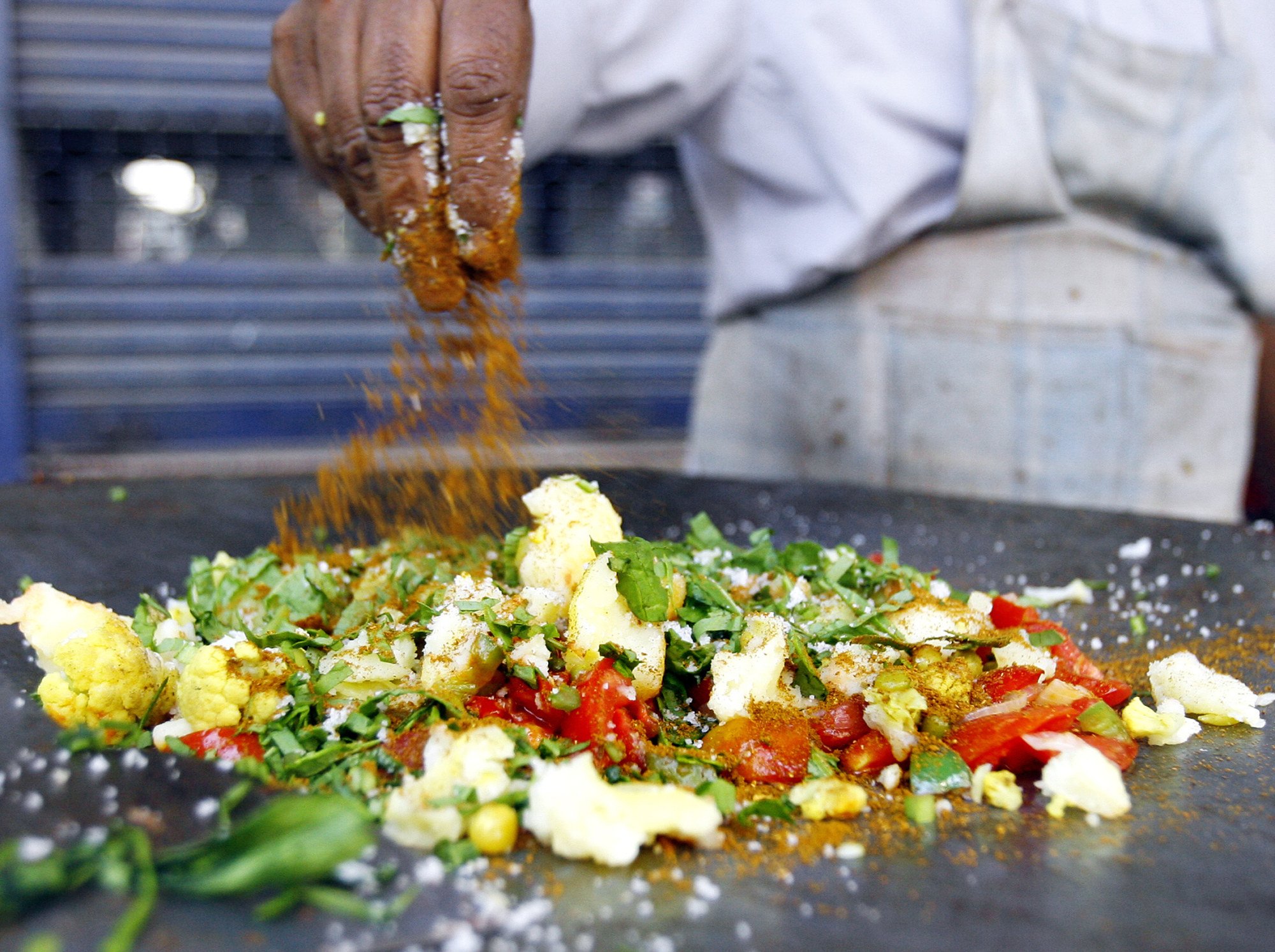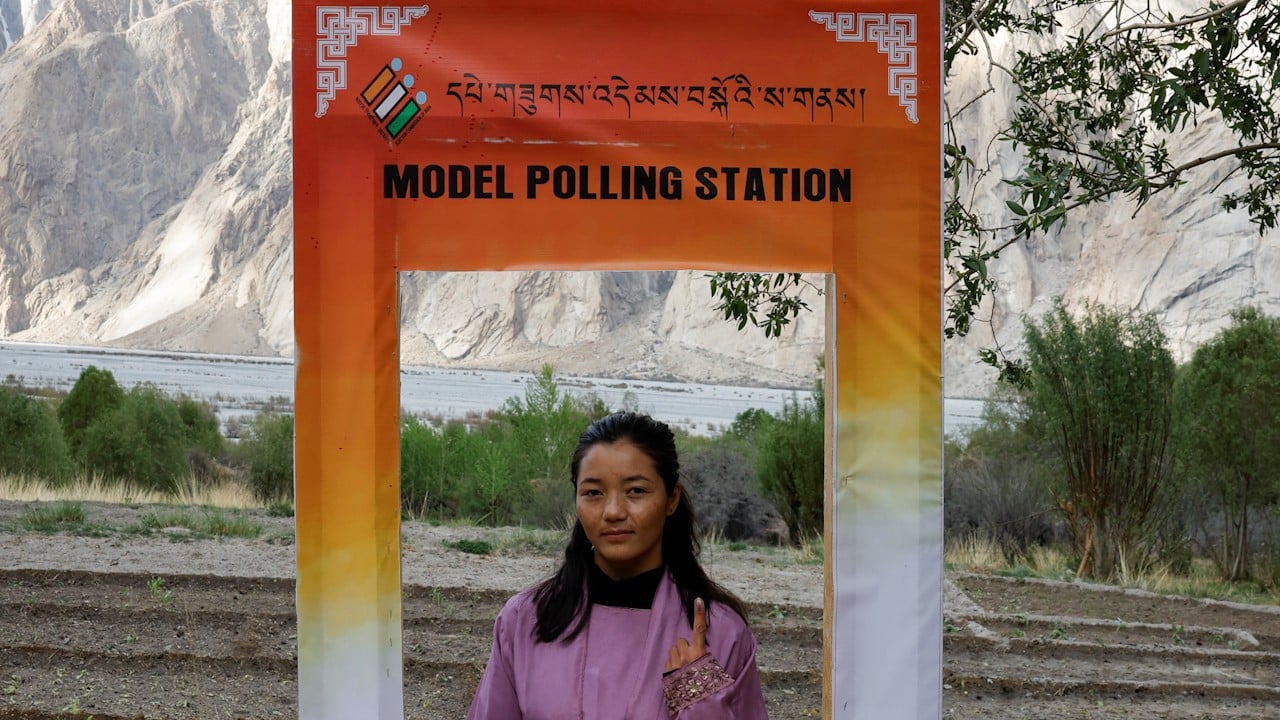He noted that the contaminant was found in a consignment shipped 18 months ago and could have occurred naturally.
India plans to conduct mandatory pre-shipment sample testing for six months, after which it will reassess the situation to see if there are persistent concerns.

Raj Paroda, a former director general of the Indian Council for Agricultural Research, told This Week in Asia: “We are concerned because it’s a matter of prestige and reputation. The system should be made stronger in terms of traceability and quality.”
MDH and Everest, two of India’s most popular spice brands, have said their products are safe for consumption.
“We do not use ethylene oxide at any stage of our spice production. Our products adhere to stringent health and safety standards,” MDH said in a statement reported by India’s Mint newspaper on April 28.
Following the recalls, Britain’s food watchdog applied extra control measures on all spice imports from India starting this month.
Once valued more than gold and silver, India’s spices trade spurred European traders to sail to the country in the 15th century. While India’s spice exports remain significant, the country must overhaul its approach to food safety and public communication to boost consumer confidence, industry experts say
Over 400 products from India were flagged by the European Union between 2019 and 2024 for containing contaminants, according to a report by the Indian newspaper Deccan Herald.
Smita Sirohi, a former agriculture adviser to the Indian embassies in Belgium, Luxembourg and the EU, said Indian authorities had tightened preventive measures to remove any residue from ethylene oxide.
“I am surprised why similar steps were not taken for other markets since they had taken them earlier for the EU,” Sirohi said, referring to the recent cases in Hong Kong and Singapore.
“Certainly it will have a damaging impact,” recalling how EU importers had cautioned about Indian spice consignments in earlier cases.
India exports US$4 billion of more than 200 spices and value-added products to some 180 countries annually while the country’s domestic market is the world’s largest at US$10 billion, the Spices Board of India has estimated.
Poor track record
The sheer variety of Indian spices makes it hard for traders to trace within the supply chain to the relevant farms, Sirohi said.
Farmers typically send their spices to traders for aggregation and shipment in wholesale markets. Large factories would receive supplies from these markets, and contamination can occur potentially at each step of the supply chain, according to Sirohi.
Though mandatory testing can show the presence of chemicals exceeding certain legal thresholds, the problem could only be resolved by assessing the stage of initial contamination in the supply chain, Sirohi said.

Authorities also need to establish guidelines for chemical use and tighten food safety processes, she added.
India’s health ministry has said the country applies one of the world’s strictest standards for capping residual pesticides through rigorous risk assessments.
But the cases in Hong Kong, Singapore and Europe show food safety processes and oversight in India need further strengthening, industry players say.
Ruchit G Garg, founder and CEO of Harvesting Farmer Network, an agriculture technology platform, said India needed to establish excellent food safety standards.
“Our spices [and agricultural products] may or may not have had traces but our track record isn’t very good and our farming practices aren’t very organic,” he said.
“India needs to invest heavily in fixing its reputation to produce healthy, chemical-free agricultural products. It has a long reputation of producing chemical-rich food, much beyond the safe limits defined by many countries.”
One market analyst said there could be a spillover adverse impact on other Indian products beyond spices.
“The fact that these two brands failed [to meet quality norms] does not speak well of them and could have a wider impact on other Indian brands,” said Lloyd Mathias, a Delhi-based angel investor and business strategist.
“Indian standards have to be on a global benchmark. One cannot afford to have different standards. There can be absolutely no compromise on safety,” he said.



